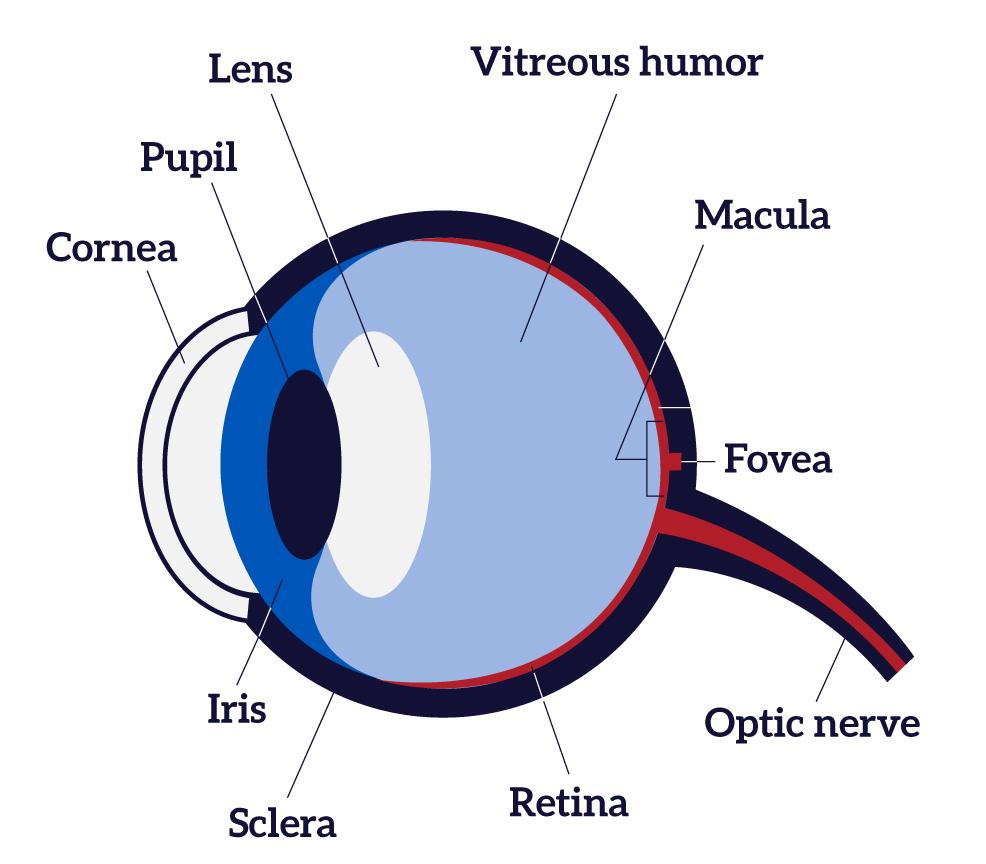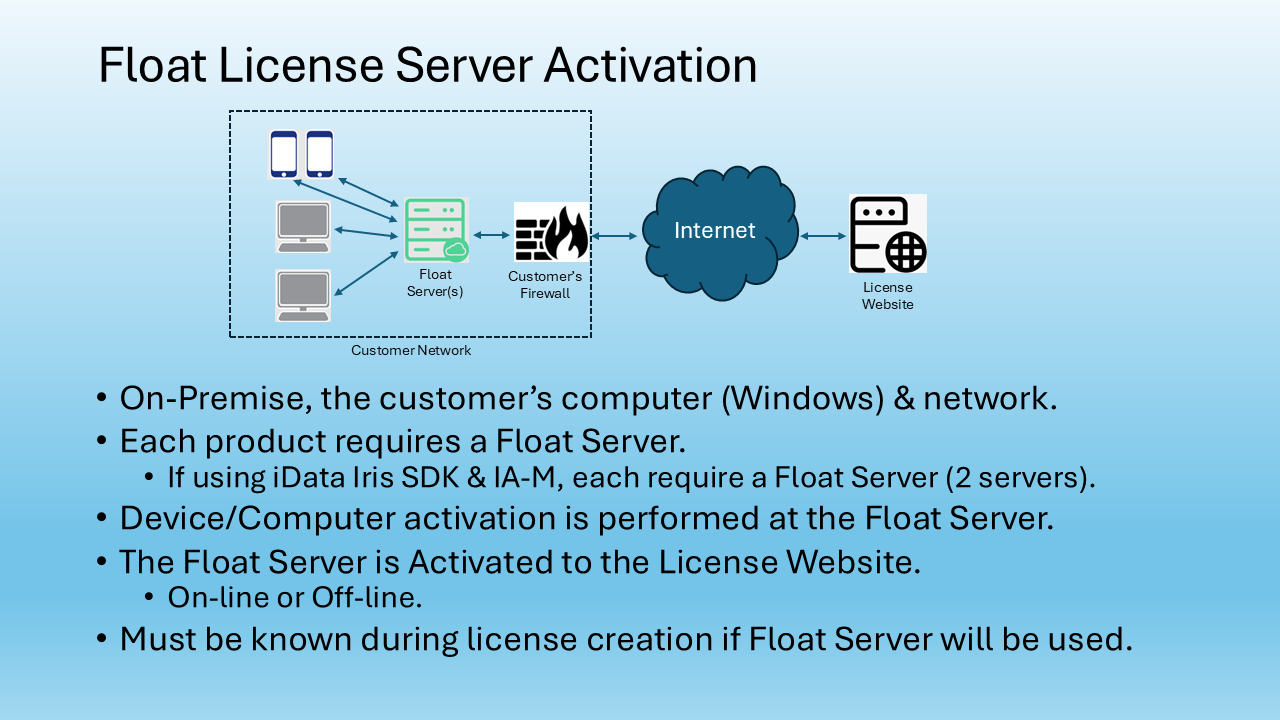By Mohammed Murad
An insurance industry publication recently had the headline “Goodbye Passwords and Hello Retinal Scans: How Believers in Biometrics Are Making Their Data Protection Case.” The story was extremely timely and, for the most part, accurate. But as we’ve previously pointed out in this blog, retinal scans are used primarily for medical purposes. Iris scans are used for data protection, security and time and attendance – applications where quick and accurate identity authentication are required.
Retinal scans are used by ophthalmologists and optometrists to check for eye diseases such as macular degeneration. Medical professional professionals shine a bright light through a patient’s pupils to make a diagnosis. Many years ago, a similar process was used as a biometric identifier, but it is very rarely used for that purpose today.
An iris scan is non-invasive. In fact, there is no scanning involved. The technology consists of taking an photo of a person’s iris, the colored part of the eye surrounding the pupil. No two people, even genetic twins, have the same iris pattern. Among biometrics currently used for identifying or authenticating ID, iris-based biometric systems are the fastest and most accurate.
We don’t want to keep bringing up this topic, but people should understand iris-based biometric devices and retinal scans use very different technologies. One – iris – is used millions of times daily for identity authentication. A retinal scan is a medical diagnostic procedure.
Visit the Iris ID website for more information on how our iris recognition systems work.
(Mohammed Murad is vice president global sales and business development, Iris ID.)


